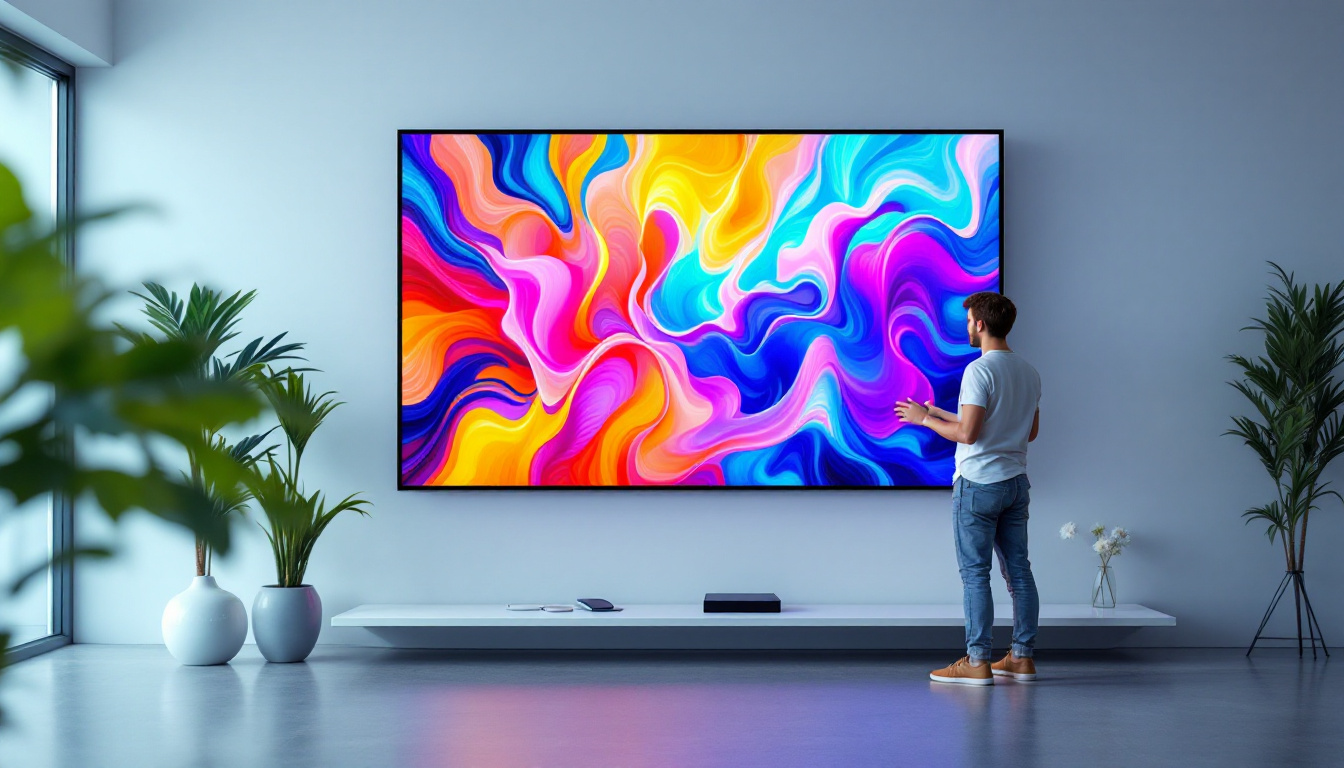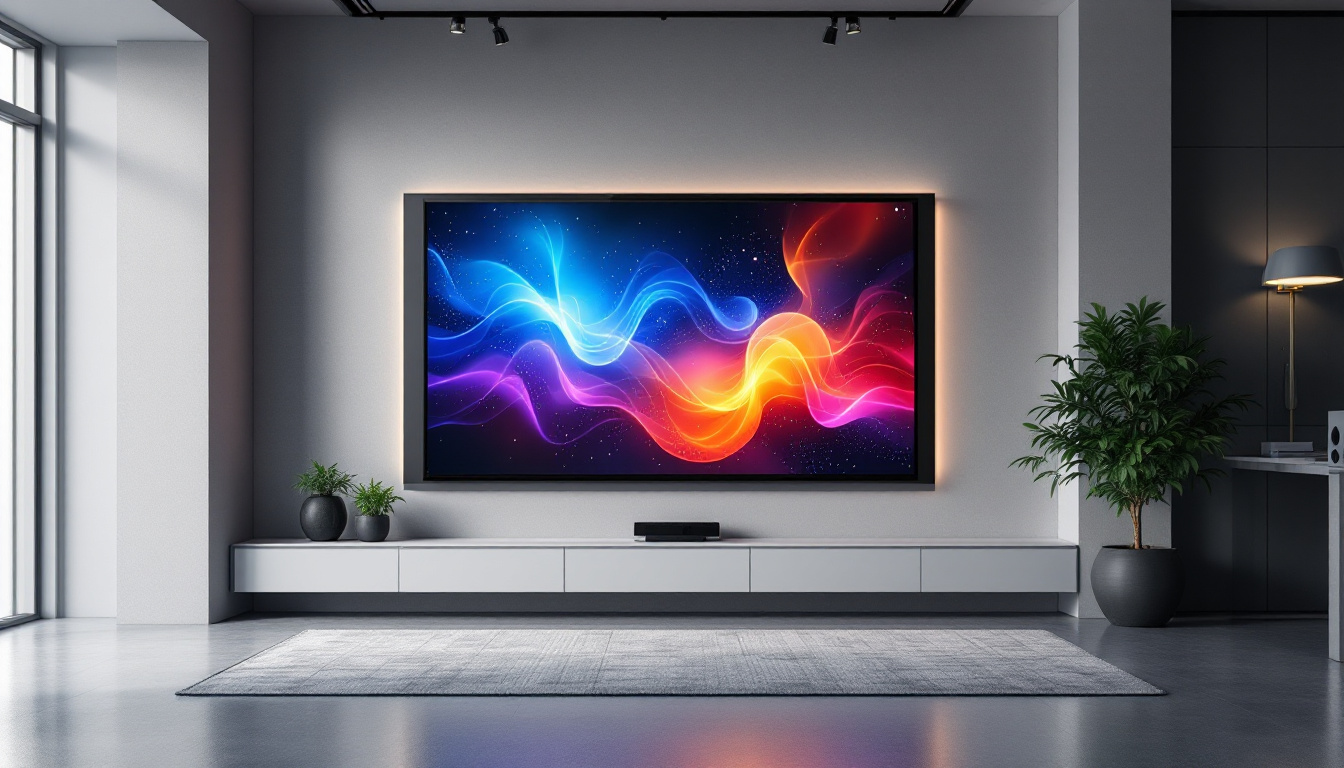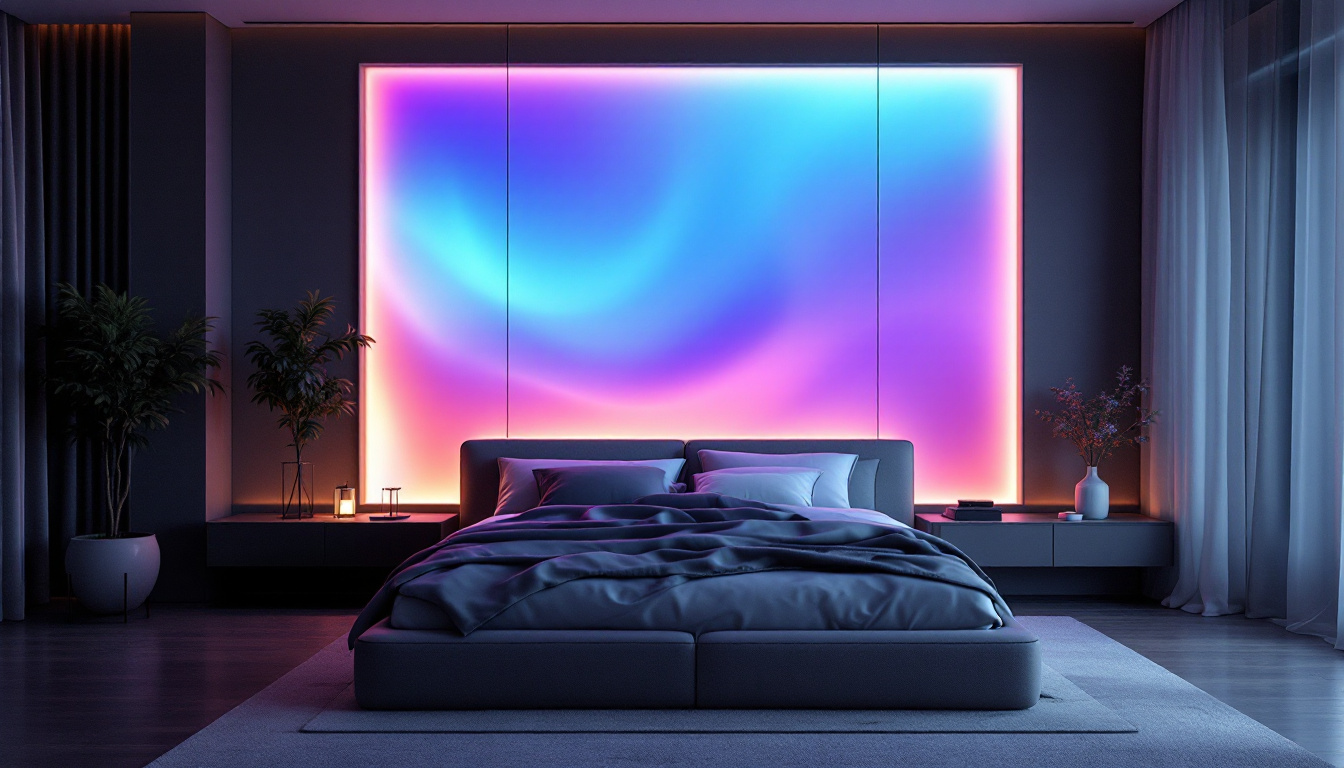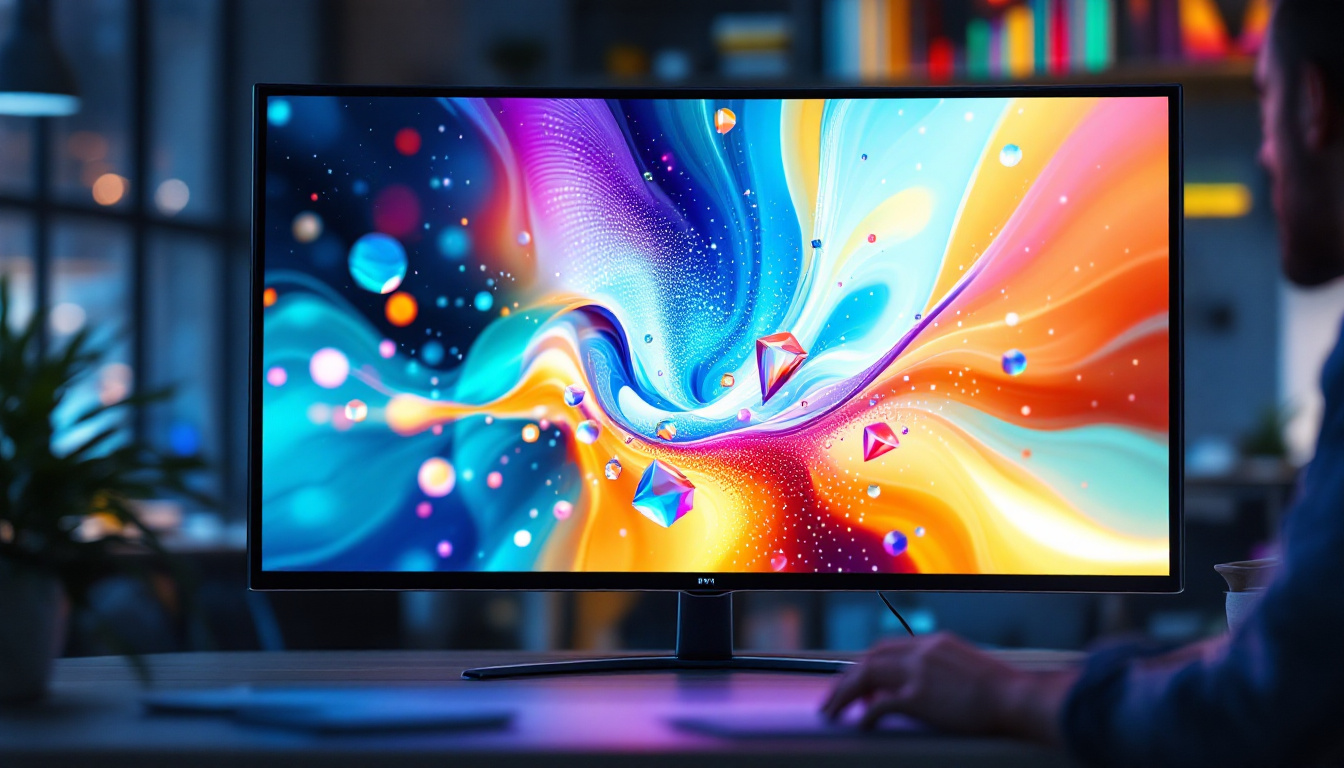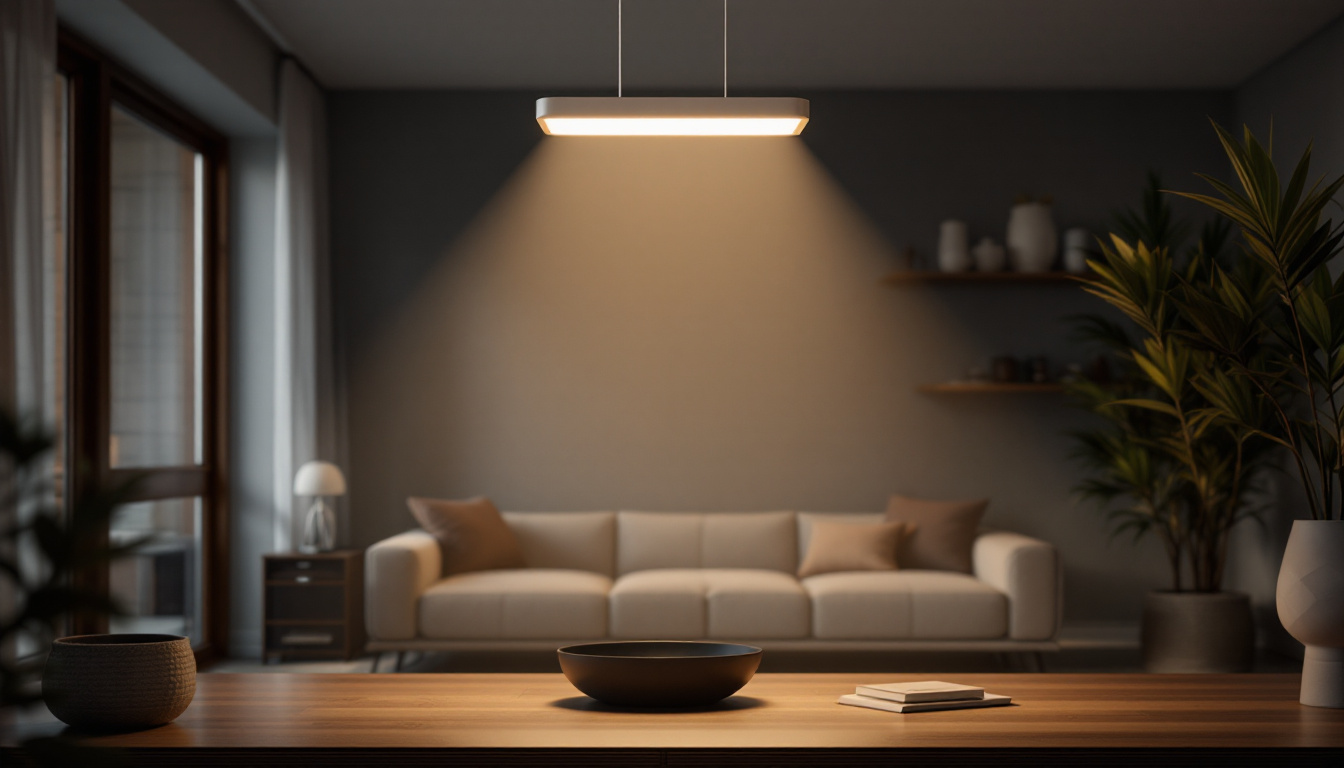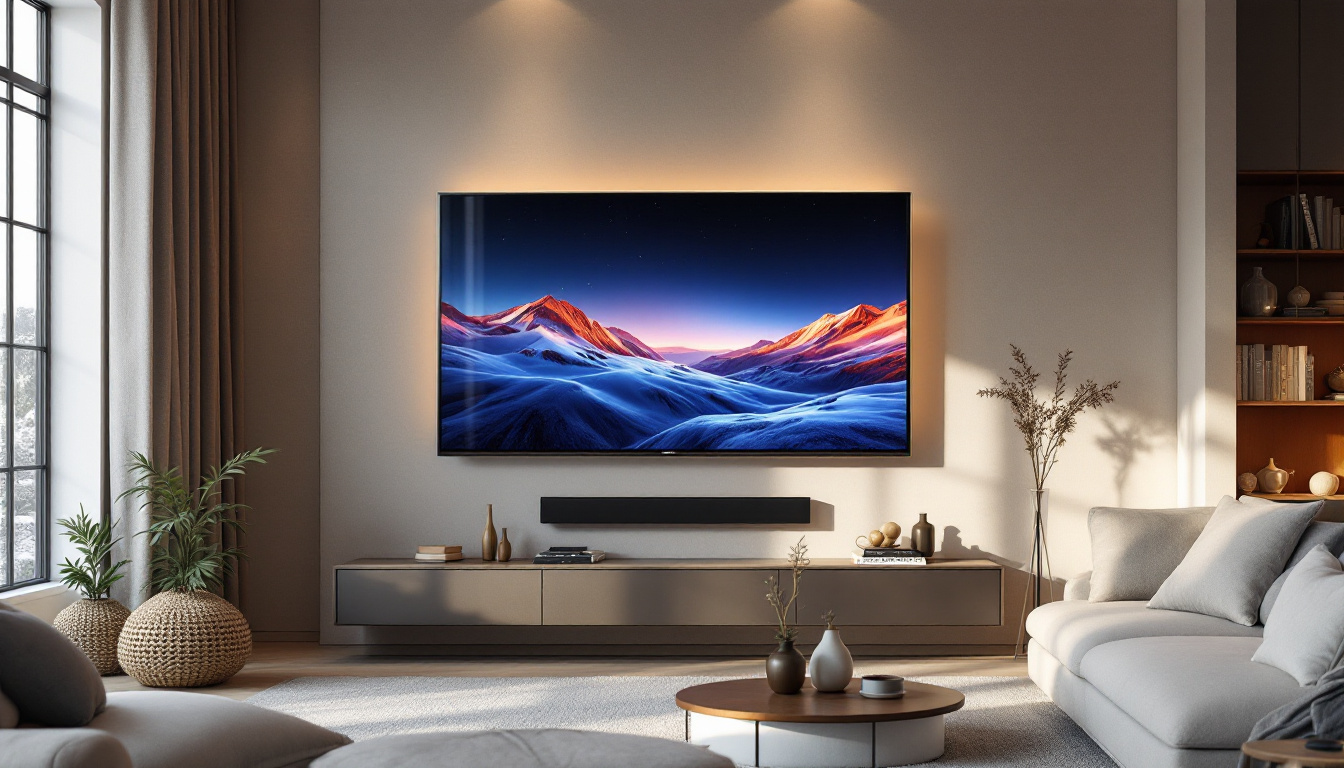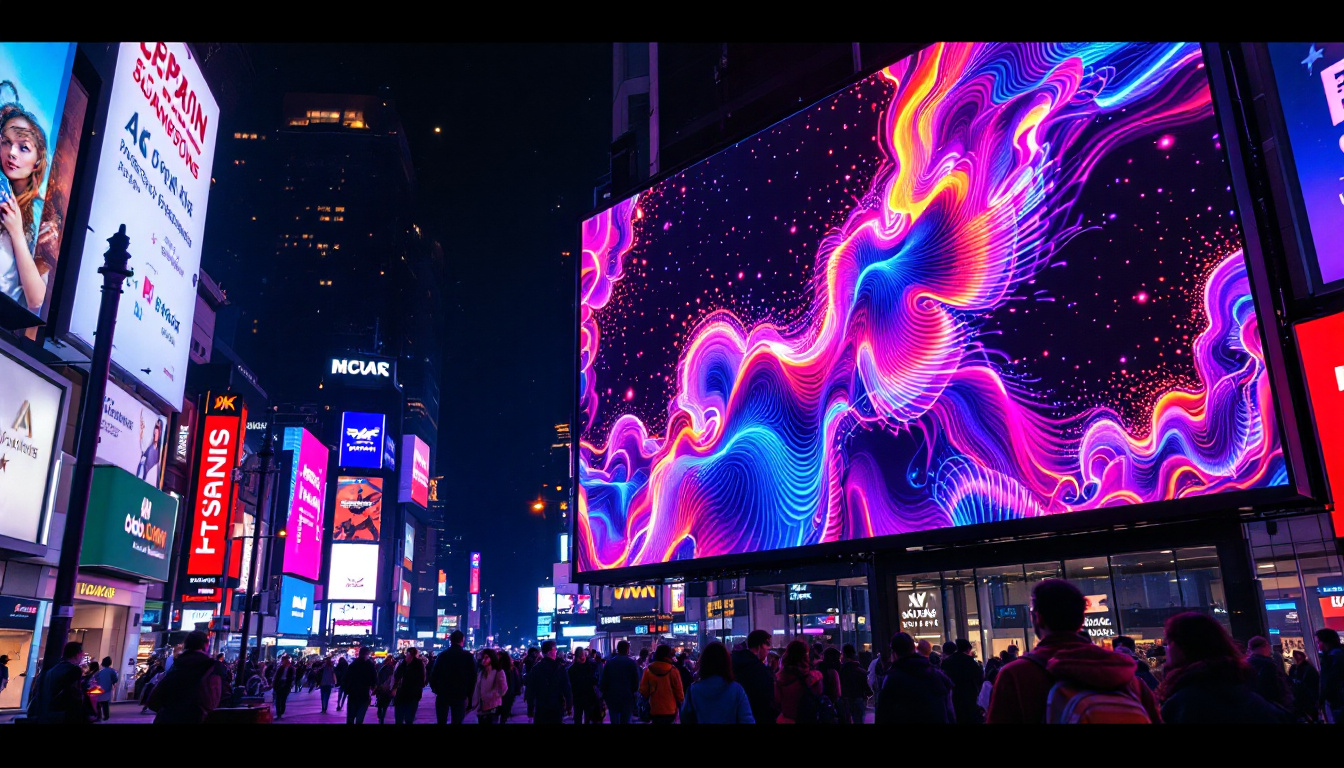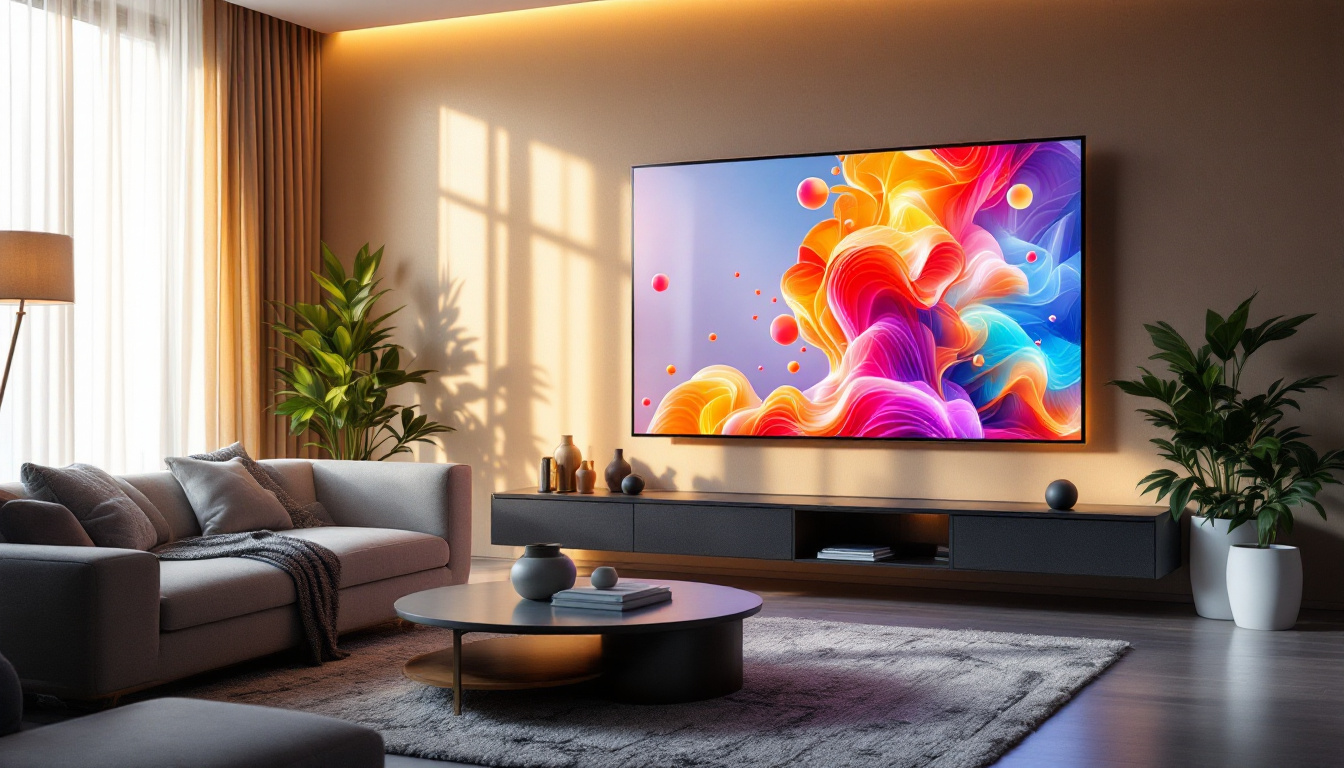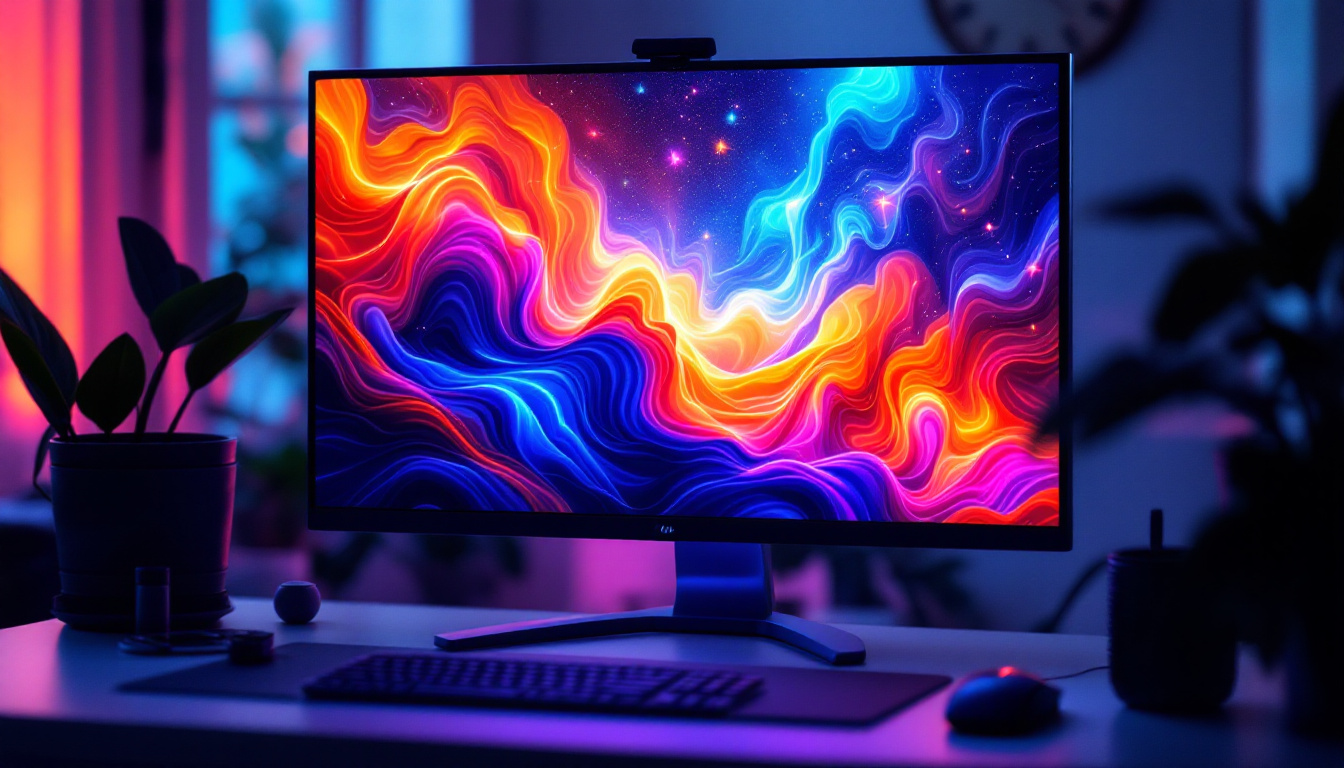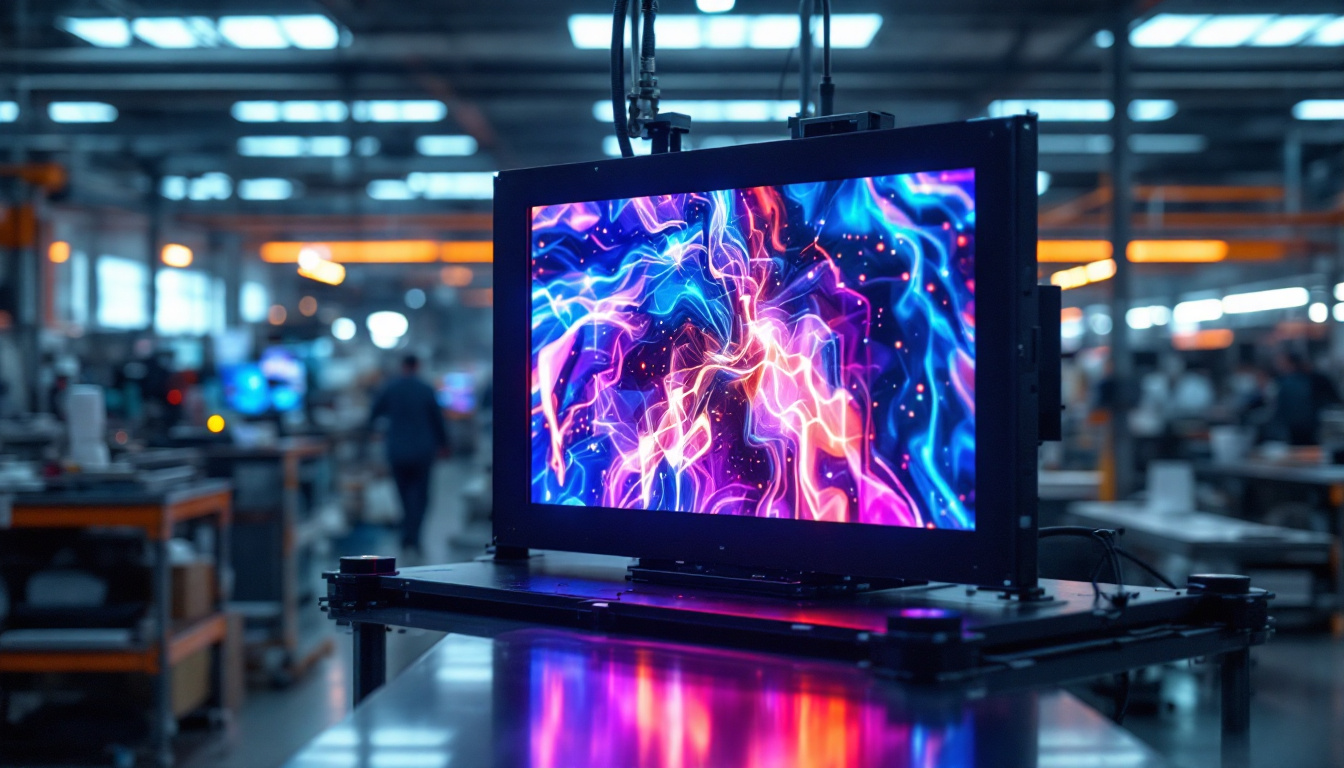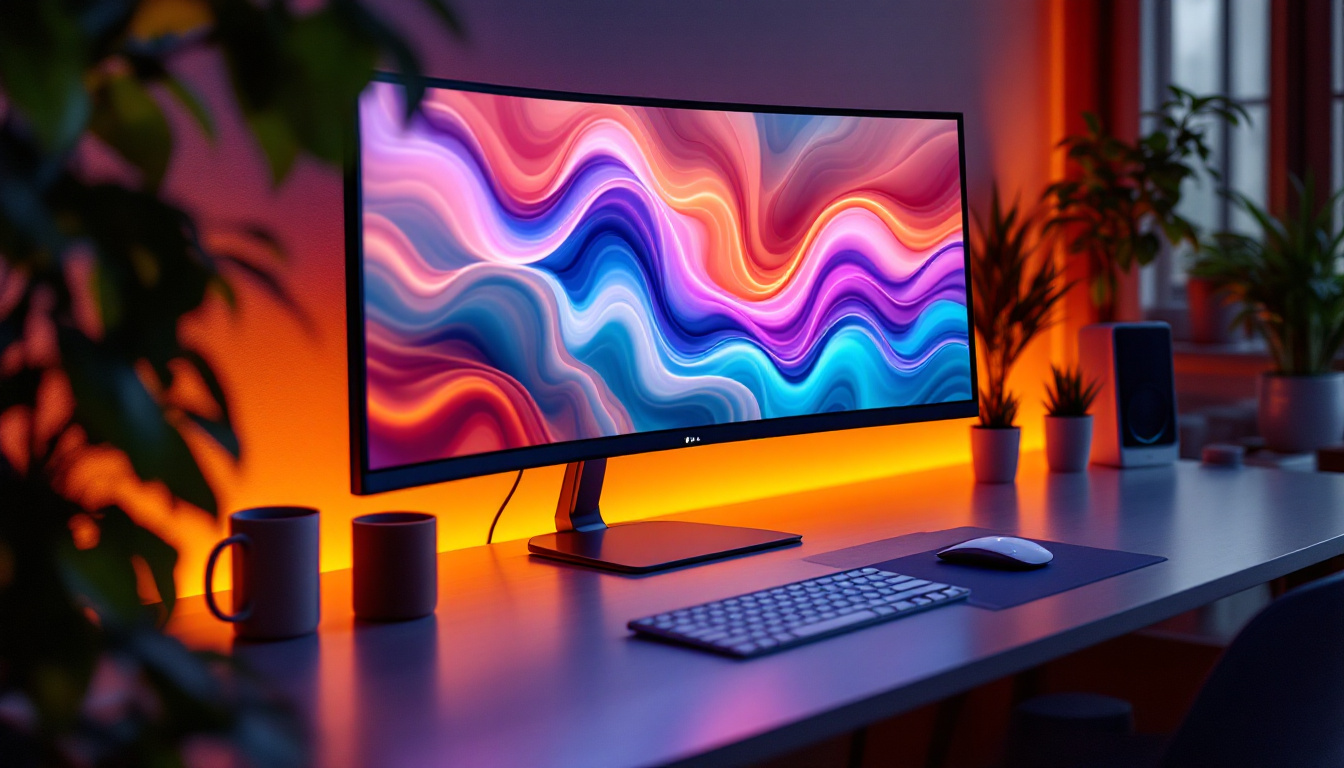In the realm of modern display technology, ultra-wide screens have emerged as a game-changer, offering expansive visual real estate that enhances both productivity and entertainment. With the rise of LED displays, understanding ultra-wide screen resolutions becomes crucial for consumers and professionals alike. This article delves into the intricacies of ultra-wide screen resolutions, the technology behind LED displays, and their applications in various fields.
Understanding Ultra Wide Screen Resolutions
Ultra-wide screen resolutions refer to display formats that extend beyond the traditional aspect ratios, typically offering a width that is significantly greater than the height. Commonly, these screens adopt an aspect ratio of 21:9 or even wider, providing a panoramic viewing experience that is particularly beneficial for gaming, movie watching, and multitasking.
Common Ultra Wide Resolutions
Several resolutions fall under the ultra-wide category, each catering to different needs and preferences. The most prevalent resolutions include:
- 2560 x 1080 (Ultra Wide Full HD): This resolution is ideal for users seeking an affordable ultra-wide experience. It offers a decent pixel density, making it suitable for general use and casual gaming.
- 3440 x 1440 (Ultra Wide Quad HD): A step up in terms of clarity and detail, this resolution is favored by gamers and professionals who require more screen real estate for multitasking.
- 3840 x 1600 (Ultra Wide 4K): This high-resolution option provides stunning visuals and is perfect for content creators and designers who need precise color accuracy and detail.
Benefits of Ultra Wide Resolutions
The advantages of adopting ultra-wide resolutions are numerous. Firstly, they enhance productivity by allowing users to have multiple windows open side by side without the need for dual monitors. This feature is particularly useful for professionals in fields such as graphic design, video editing, and software development.
Moreover, ultra-wide displays offer an immersive gaming experience, as they can provide a wider field of view, allowing players to spot enemies and navigate environments more effectively. This can significantly enhance gameplay and provide a competitive edge.
In addition to productivity and gaming, ultra-wide screens are also a boon for media consumption. The cinematic aspect ratio aligns perfectly with most modern films, delivering a theater-like experience right in the comfort of your home. This makes ultra-wide monitors particularly appealing for movie enthusiasts who appreciate the finer details in visual storytelling. Furthermore, many streaming services have begun to support ultra-wide formats, ensuring that viewers can enjoy their favorite films and shows in the best possible quality.
Another noteworthy benefit is the ergonomic advantage that ultra-wide screens can provide. With a wider display, users can reduce the amount of head and eye movement required to view different sections of the screen, leading to a more comfortable viewing experience over extended periods. This is particularly important for those who spend long hours working or gaming, as it can help reduce fatigue and strain, ultimately contributing to better overall health and productivity.
The Technology Behind LED Displays
Light Emitting Diode (LED) technology has revolutionized the way displays are manufactured and utilized. Unlike traditional LCD displays that rely on backlighting, LED displays utilize diodes that emit light directly. This technology offers several advantages, including improved brightness, contrast, and energy efficiency. The ability to produce a wide color gamut means that LED displays can render colors more vividly, enhancing the overall viewing experience whether for entertainment, professional applications, or everyday use.
Types of LED Displays
There are primarily two types of LED displays: Edge-lit and Full-array. Each type has its unique characteristics and advantages:
- Edge-lit LED: In this configuration, LEDs are positioned along the edges of the screen. This design allows for thinner displays, making them more aesthetically pleasing and easier to mount. However, edge-lit displays may suffer from uneven brightness and limited viewing angles. Despite these drawbacks, they are often favored for their sleek profiles in modern interior designs.
- Full-array LED: This type features a grid of LEDs behind the entire screen. Full-array displays provide better uniformity in brightness and contrast, making them ideal for high-end applications where visual fidelity is paramount. The local dimming capabilities of full-array technology allow for deeper blacks and enhanced detail in dark scenes, which is particularly beneficial for movie enthusiasts.
How LED Technology Enhances Ultra Wide Displays
LED technology plays a crucial role in enhancing the performance of ultra-wide displays. The high brightness levels achievable with LED backlighting allow for vibrant colors and deep blacks, which are essential for an immersive viewing experience. Additionally, the rapid response times of LEDs reduce motion blur, making them suitable for fast-paced gaming and action-packed movies. The ultra-wide aspect ratio, combined with LED technology, creates a panoramic viewing experience that draws viewers into the action.
Furthermore, advancements in LED technology, such as Quantum Dot and Mini-LED, have further improved color accuracy and dynamic range, allowing ultra-wide displays to deliver stunning visuals that captivate users. Quantum Dot technology enhances color reproduction by using nanometer-sized semiconductor particles that emit specific colors when illuminated, resulting in a broader spectrum of colors. Mini-LED, on the other hand, utilizes smaller LEDs to create more precise local dimming zones, thereby improving contrast and brightness control. These innovations not only enhance the visual quality but also contribute to a more energy-efficient display, making ultra-wide screens a popular choice for both gamers and professionals alike.
Applications of Ultra Wide LED Displays
Ultra-wide LED displays have found applications across various sectors, each benefiting from the unique advantages these screens offer. From entertainment to professional environments, the versatility of ultra-wide screens is evident.
Gaming and Entertainment
In the gaming industry, ultra-wide displays have become increasingly popular due to their ability to provide an immersive experience. Gamers can enjoy a wider field of view, enhancing gameplay and making it easier to spot opponents. Additionally, the cinematic aspect ratio of ultra-wide screens aligns perfectly with modern films, providing an enhanced movie-watching experience.
Professional Use in Design and Development
For professionals in graphic design, video editing, and software development, ultra-wide displays offer significant advantages. The ability to view multiple applications simultaneously without the need for multiple monitors streamlines workflows and increases efficiency. Designers can work on projects with greater detail, while developers can run code and test applications side by side.
Business and Productivity
In corporate settings, ultra-wide displays can enhance presentations and collaborative work. Meeting rooms equipped with ultra-wide screens allow for more effective visual communication, enabling teams to present data and ideas clearly. Furthermore, the increased screen space can facilitate multitasking, allowing employees to manage emails, documents, and spreadsheets simultaneously.
Choosing the Right Ultra Wide Display
When selecting an ultra-wide display, several factors should be considered to ensure it meets individual needs and preferences. Understanding these aspects can help users make informed decisions.
Resolution and Size
Choosing the right resolution is crucial for achieving the desired visual experience. Higher resolutions provide more detail and clarity, making them ideal for content creation and gaming. Additionally, screen size should be considered based on the available space and viewing distance. A larger screen may offer a more immersive experience, but it should fit comfortably within the user’s workspace.
Refresh Rate and Response Time
For gamers, refresh rate and response time are critical specifications. A higher refresh rate, typically 144Hz or more, ensures smoother gameplay, while a lower response time reduces motion blur. These factors contribute to a more enjoyable gaming experience, particularly in fast-paced titles.
Connectivity Options
Connectivity is another essential aspect to consider. Ultra-wide displays should offer a variety of ports, including HDMI, DisplayPort, and USB-C, to accommodate different devices. Additionally, features like Picture-in-Picture (PiP) can enhance multitasking capabilities, allowing users to view content from multiple sources simultaneously.
Future Trends in Ultra Wide Displays
The landscape of ultra-wide displays is constantly evolving, with new technologies and trends emerging to enhance user experience. As manufacturers continue to innovate, several key trends are shaping the future of ultra-wide displays.
Advancements in Display Technology
Future ultra-wide displays are likely to incorporate advancements in display technology, such as OLED and MicroLED. These technologies promise to deliver even better color accuracy, contrast ratios, and energy efficiency. As these technologies become more mainstream, they will further enhance the visual experience for users.
Increased Focus on Ergonomics
As awareness of workplace ergonomics grows, manufacturers are likely to design ultra-wide displays with user comfort in mind. Features such as adjustable stands, blue light filters, and flicker-free technology will become more prevalent, ensuring that users can enjoy extended periods of use without discomfort.
Integration with Smart Technology
With the rise of smart technology, future ultra-wide displays may integrate with smart home systems and IoT devices. This integration could allow users to control their displays with voice commands, access streaming services seamlessly, and even connect to other smart devices for a more cohesive experience.
Conclusion
Ultra-wide screen resolutions and LED display technology have transformed the way users experience visual content. From gaming and entertainment to professional applications, the benefits of ultra-wide displays are undeniable. As technology continues to advance, these displays are set to become even more integral to our daily lives, offering enhanced productivity, immersive experiences, and innovative features.
Whether for work or play, understanding the nuances of ultra-wide displays empowers users to make informed choices, ensuring they select the right technology to meet their needs. As the market evolves, staying informed about the latest trends and advancements will be essential for anyone looking to enhance their viewing experience.
Discover the Future of Visual Experience with LumenMatrix
Ready to elevate your visual experience with the latest in ultra-wide LED display technology? LumenMatrix is at the forefront of innovation, offering a diverse range of LED display solutions that cater to every need. Whether you’re looking to enhance your business’s brand visibility, create a mesmerizing indoor ambiance, or captivate an outdoor audience, our Indoor LED Wall Display, Outdoor LED Wall Display, and other specialized solutions are designed to make a lasting impression. Embrace the future of digital signage and join the visual revolution. Check out LumenMatrix LED Display Solutions today and see your world in a whole new light.



